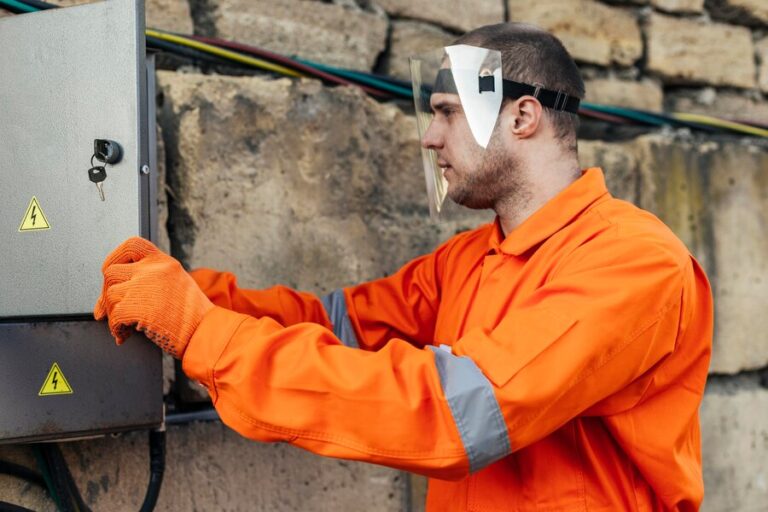Lifting heavy structures is a critical aspect of many construction and industrial projects. It requires meticulous planning, the right equipment, and adherence to safety protocols to ensure successful and safe execution. This article provides insights into the best practices for lifting heavy structures, with a special focus on the use of hydraulic jacks.
Understanding the Basics of Heavy Lifting
Before diving into the specifics of lifting heavy structures, it’s essential to understand the fundamentals that govern this process. This includes knowledge of weight distribution, center of gravity, and the physics involved in lifting heavy loads. A thorough understanding of these principles is crucial for the safe and efficient execution of lifting operations.
Planning and Preparation
Successful heavy lifting begins with meticulous planning. This involves:
- Site Assessment: Evaluating the site conditions, including space constraints and ground stability.
- Load Analysis: Determining the weight, dimensions, and center of gravity of the structure to be lifted.
- Risk Assessment: Identifying potential hazards and preparing mitigation strategies.
Choosing the Right Equipment: The Role of Hydraulic Jacks
Selecting the appropriate lifting equipment is vital. Hydraulic jacks, known for their power and efficiency, are often the go-to choice for lifting heavy structures. They use hydraulic power to provide a stable and controlled lifting force, making them ideal for precisely elevating large and heavy loads.
Advantages of Hydraulic Jacks
- Precision Control: Allows for smooth and controlled lifting.
- High Lifting Capacity: Suitable for very heavy loads.
- Compact Size: Offers flexibility in tight spaces.
Safe Lifting Practices
Safety is paramount in heavy lifting operations. Key practices include:
- Training: Ensuring all personnel are trained in equipment handling and safety protocols.
- Communication: Maintaining clear communication among team members during the operation.
- Monitoring: Continuously monitoring the lifting process for any signs of stress or instability.
Post-Lifting Procedures
Once the lifting is completed, it’s crucial to follow proper procedures to ensure the stability of the structure and the safety of the environment. This includes:
- Securing the Load: Ensuring the structure is stable and securely positioned.
- Equipment Inspection: Checking the lifting equipment for any wear or damage.
- Documentation: Recording the details of the operation for future reference.
Conclusion
Lifting heavy structures is a complex task that demands expertise, the right equipment, and strict adherence to safety measures. Hydraulic jacks play a significant role in providing the necessary lifting power and precision. By following these guidelines and emphasizing safety and planning, heavy lifting operations can be executed efficiently and safely.







